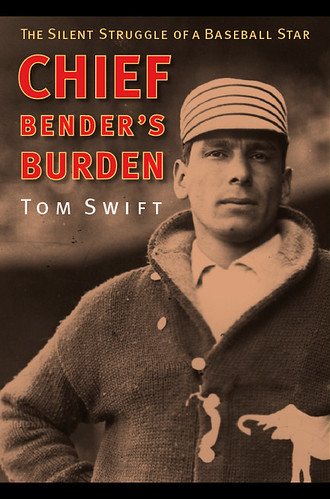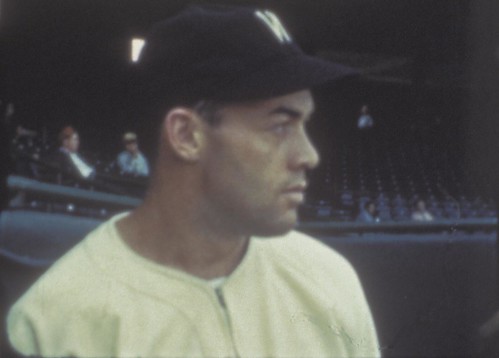What he did: Rose has the career record for hits with 4,256, as well as most games played, plate appearances, at-bats, outs and, I’m guessing, money bet on baseball. The latter feat helped get him barred for life from the game in 1989. I consider Pete Rose the greatest baseball player not in the Hall of Fame, I align myself with those who say his ban is cruel and unusual punishment, and I believe baseball should grant an amnesty to Rose and another banished great, Joe Jackson. I say enough is enough, but it’s not my decision.
Era he might have thrived in: The Deadball Era
Why: Rose’s problem is not that he got caught up in illicit activity. It’s that he played 60 years too late.
As the Ken Burns Baseball book recounts, baseball suppressed a betting scandal in 1926 involving future Hall of Famers Ty Cobb and Tris Speaker. Commissioner Kenesaw Mountain Landis permitted both players to quietly retire (and later let them play again) while American League President Ban Johnson paid $25,000 to have information destroyed that Cobb and Speaker bet on a game of the 1919 World Series they knew to be fixed. Rose is not known to have done anything approaching this yet he’s long gone from baseball.
Gambling was endemic in baseball from 1900-1920, the height of the Deadball Era, with many players being barred for fixing games or betting on them including Heinie Zimmerman, Hal Chase and the eight Chicago White Sox players, including Jackson, who threw the 1919 World Series. But there hasn’t been anything substantiated that Rose ever threw a game. Rose finally admitted to betting on games where he was a manager, after years of lying about it, but he maintains that he always played to win. Assuming that’s true, it’s far different than conspiring with underworld figures to rig a game.
Evidence shows that Rose was a compulsive gambler, and addictive behavior can rear its head in any generation or environment. Rose may have gambled on baseball no matter the era. But in the early days, long before free agency or seven-figure contracts, Rose would have had a fraction of the money to gamble with. He also would have had baseball’s brass on his side — rather than being directly responsible for his exile — had his transgressions become public.
There are other reasons Rose would have thrived in an earlier era. His style of play always suggested he was plucked from another generation, a scrappy throwback who gave his all, earning the nickname Charlie Hustle. Rose’s gregarious, roughhouse character also would have been perfect in an era where players scarcely ranked above street criminals in the social hierarchy.
Needless to say, had Rose played in the Deadball Era, I think he’d be in the Hall of Fame.
Any player/Any era is a Thursday feature here that looks at how a ballplayer might have done in a different era than his own. The feature debuted June 3, 2010 under the name “Different player/Different era.” I’m changing the name, effective this week, because the first one is confusing.



